Earlier this summer, the multifaceted organizers behind Alberta’s Electronic Music Conference whipped up a brand new digital summit under a short timeline and spinning circumstances. The Virtual Electronic Music Summit (VEMS) snowballed into 4 days of panels, workshops, sets and conversations energized by the music industry’s changing realities. VEMS touched on a diversity of topics and raised over $3000 to support the Black Lives Matter US & Canada chapters throughout. Before VEMS kicked off, we had a chance to chat with co-founder Dunmore Park aka Andrew Williams, an event-organizer, DJ and educator at Edmonton’s Night Vision Music Academy. During an engaged back and forth, we touched on the realities hitting the music industry, emerging models of support for artists, the resilience of AEMCON, and what the scene looks like from East to West.
All of the VEMS conferences, including Andrew’s panel ‘Virtual Collaborations, Digital Events & The Future of Festivals‘, can still be viewed the group’s Facebook page. Enjoy!

HS: Hey Andrew, thanks for taking the time. Let’s start with who you are, how you’ve been, and how you guys have assembled this virtual conference in very particular circumstances.
Andrew Williams: So obviously big shock, big change for all of us. I’ve had the extreme luck to be busy for the entire time. Between the conference, my day job, and the music school I co-founded, I’ve been helping shift the business models and figure out ways to keep the doors open. It’s been like a game of whack a mole for the last few months, like having a lot of different pans on the fryer and hopefully none of them will burn. For the conference specifically – this is the fastest we’ve ever pulled something together and we’re really excited about it. We’ve put it together in less than two months following our quality standards, certainly in the quantity and content that we’re used to providing. We’re really excited to experiment with the new medium and try and make the most of things.
HS: To go back and what you were saying about too many pans – that’s something we see a lot in the industry, many people are a jack of all trades and it’s interesting to see how this transition has happened on multiple levels for a lot of us. Do you think this structure is in a way was unsustainable or have you been able to push for all those projects with the same vigor?
AW: I’ve always been a really strong proponent for diversifying your income. I’ve been a DJ for 15 years, and a producer for about the same amount of time. Especially if you’re in Canada, let alone the rest of the world, it is incredibly hard to make a full living off of just music and we don’t have the audience size, we don’t have the culture yet to really support too many people as full timers. So you almost always have to either be an event promoter, or be doing commercial sound production, or some other side hustle a few days a week. There’s a whole class of professionals and a whole class of DJing, but then also a cool class of industry – if you own a bar, you don’t have time for a side hustle, if you’re a PR agent or a manager, oftentimes those are your full time gigs so it’s shaking the entire industry to realize how delicate our ecosystem is. We need to start thinking about building robustness individually but also into the entire system.
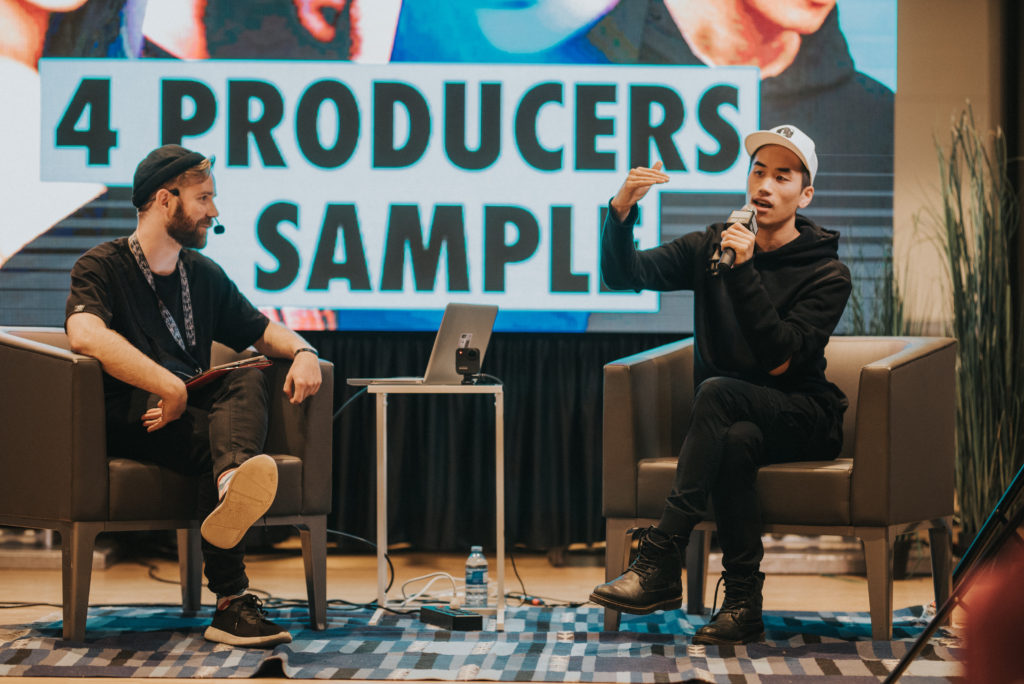
Photo: Leigh-Anne Hazard
HS: One of the most interesting things that’s been happening is the amount of international exchange through these virtual conferences, summits, seminars and all. I think we’re realizing that the key need here is to start building up more resilient local communities. What’s your take on how can we leverage this international conversation that’s really opened up for the scene, and apply it in a more hands on way into our communities?
AW: Totally, it’s the way I kind of see it – there’s both good and bad here, the good side of things being that if you’re a DJ or a live performer, you know you now can walk down the path of being a YouTube streamer or a Twitch streamer, that kind of thing, and maybe even pushing towards the model of Patreon: the idea of your top 100 fans, paying you $5 a month, because they love to see what you do. I think that for a long time that’s going to be the future of underground artists, niche artists, and people that are not for the mainstream. We have to rely on the people that most love what we do. It’s almost like a Victorian or a Roman idea of the arts where patrons pay and support individuals for doing it.
Given how streaming money is not exactly crazy, and certainly touring money is extremely difficult in Canada – with only a few cities in the entire country that you can really tour in-, I really like the idea of knowing you delight 100 fans enough every month for them to want to donate $5. $500 a month is a sizable chunk of rent you know that’s gotten you pretty far just in turning your life into income. Okay, so what about 200 fans – what about 500 – it becomes more achievable from month to month on an artist’s level. That’s what I’m really excited about seeing, those fans could be local and they’re probably gonna start local, but then as your sound spreads out across the world you can use all these digital opportunities to really capture people from all over.
HS: Hopefully that will be reflected in cities booking more local artists. Let’s move on to the conference, and the fact that you guys set it up spontaneously as a response to COVID.
AW: Yeah, so we were about to launch AEMCON 2020. About a week later, we had come up with a new brand. We had all the assets, a big launch prepared with a new website and everything. This was supposed to be our biggest year; we’ve been growing pretty well for the last four years. Then COVID happened and we had to shelf everything. We took a little time to grieve, to mourn the loss of physical events because it was literally everyone; dear friends were losing their entire kinds of models and businesses, which is really heart wrenching to see. But then we started thinking about the fundamental reasons why we created AEMCON: to have adult professional conversation about the music industry, how we can grow it how and we can solve the issues within it, and essentially elevate Canada’s music scene both locally and the perception of it internationally. We realized that our mission hadn’t changed at all in this course, in fact it was even more timely. We started off thinking maybe we could do a mini event, one day with a couple of workshops and panels. Before you know it, we had a four day event that is close to 40 to 60 different artists and speakers involved. The content is kind of a greatest hits of some of the stuff that we’ve always done: music production, mental health, scene health related things like our venues or promoters, and a ton of inspiration in terms of what are people trying, how are people working right now, what are some ideas, what are different districts across the world innovating with in order to make it through this period.
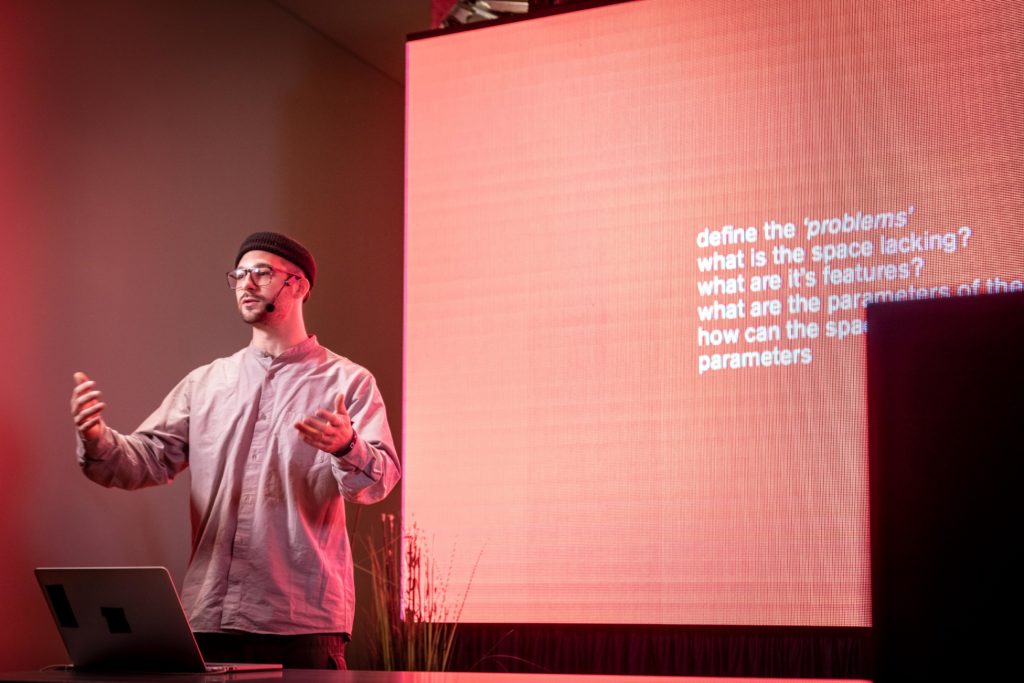
Photo: Samuel Obadero
HS: There’s a lot of opportunity that comes with a fully virtual event, as well as challenges on the technical side of things. What are some other highlights of things that you’re able to do right now that you wouldn’t be able to do at a normal edition?
AW: It’s so much cheaper…. I recorded a panel with Jeroein Fontein of Audio Obscura out of Amsterdam, one of the festival runners of Shambhalla, Lion-S, in BC, Earmilk’s David Sikorski out of San Francisco and Drumbeat Entertainment‘s BLKFT from Calgary. Putting that panel together in person would have cost us thousands of dollars and it does cost us thousands of dollars every year to fly all those people in and get them to contribute. Logistically, it’s a lot to put together panels, especially with the kind of names and different perspectives that we want.
HS: You guys were also perhaps built for the challenge, in the sense that you had a very DIY start..
AW: Yeah, we’re very bootstrappy. I mean, I think you gotta have to be if you’re gonna be in the rave industry. I have an agency background and a tech company background, and Isis has been an organizer and marker behind a music school for a long time. We’ve both been touring and producing DJs for a long time. We both have a structured mentality as well as a DIY one, they complement each other. And then we’ve just added on a really fantastic team of people that have been working in festivals and have seen it all, some sort of catastrophe can happen and everyone goes yeah, we can handle that – and suddenly the problem goes away.
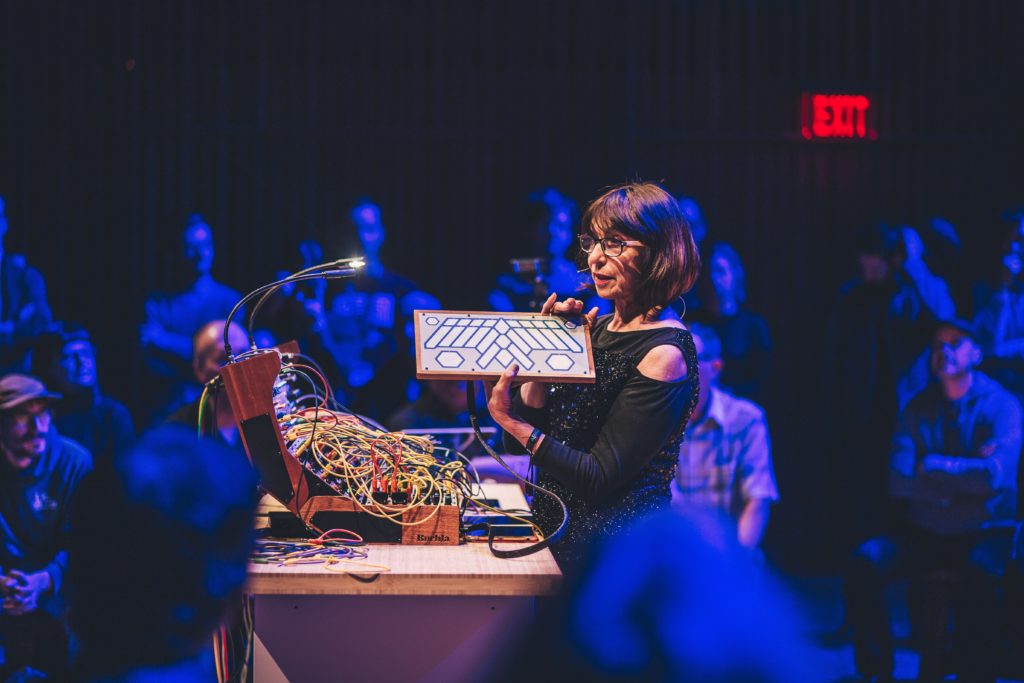
HS: When we interviewed Isis a couple months back we touched on the internal Canadian touring circuit and how it’s very disconnected between East and West. They spoke about this at the ADE conference on the Canadian industry, mostly mentioning what was happening in the East…
AW: I’m pretty sure the panel wasn’t mostly Canadian. It was a bit of a desert. That’s also why we think the stuff that you guys are doing out there is super important and it’s really important for us to have these conversations about what are the issues in opening up the scenes to each other beyond physical distance.
HS: Does Eastern Canada seem like more of a closed door? Can you shine some light what the circuit and the scene is like on your side?
AW: European artists always remarked on this when they tour our cities, especially in the West where it’s just so goddamn big. There’s this unknown shadow behind the entire Canadian music scene which is our geography and how each city is competitive for gig slots. On top of that, you have to be able to pull a certain number of tickets in order to justify a promoter flying you out. So what you end up having is this ceiling for most underground artists; they can’t justify or they can’t attract enough promoters to bring them in cross country, which is not a problem in Europe because everything’s like a 15 minute flight away. But this could be one of the really beneficial sides of transitioning economies – the intermixing between Canadian scenes. I love Montreal artists, I love Toronto artists, there’s a ton of value and I want to share a lot of them as well. The silver lining of this is there could be a lot more intermixing because it doesn’t matter as much from a ‘can you pull tickets’ view at this point. If we are sharing as much and featuring each other as much, then maybe when events get back, there’ll be an easier time to put people together.
The way I always think about this is how we’re like different islands. They evolve with their own separate and very unique ecosystems. In Western Canada, our heart and soul are what we call forest festivals, big and small kind of crazy festivals that pop up in the forest, all throughout Alberta, BC and Saskatchewan. Throughout the summer every single weekend there are thousands of gatherings happening in the woods. And that’s been the big motivator for a lot of our scene, and a lot of its tastes – almost all of them are DIY and pretty agnostic genre-wise. Montreal is certainly, at least from my perception, a very house and techno town. Whereas Western Canada is much less techno, a fair bit of house, especially the more North American style. A lot of bass music. Drum n’ bass is extremely popular in Alberta. There’s a very healthy ecosystem for touring bass artists. In terms of house and techno, it’s definitely harder but there is a very long term dedicated core in cities. Vancouver is very good for house and techno and there’s an old guard in each city that has kept things consistent with classic Chicago house and classic techno.
HS: How do you see these diverse scenes intermingling from where you stand?
AW: There’s a weird alliance between house and drum n’ bass in Western Canada, a lot of the audiences from those scenes mingle. I’m not sure if it’s that neither group wants a full, you know, 10 hours of it, they both want like three hours. You always see massive groups of people going from a house stage to a drum n’ bass stage back to a house stage and vice versa.
At the end of the day I don’t love EDM I don’t love pop music or like dubstep but I think it’s really important for that to be incorporated in our conference, and I think it’s really important for the diversity of musical talent the diversity of musical approach to be represented in something like this, because otherwise it becomes some techno elite fest… where you know everyone’s just out black shirting each other. People don’t realize how many artists on the electronic circuit are Canadian, you know from Tiga to Excision.
HS: To wrap things up… what are the takeways from this year’s VEMS and what shifts or conversations are you looking forward to in the coming months?
AW: There was so much to talk about! But if I had to highlight a few things it would be the conversations about race and the music industry, how technology and platforms are enabling new levels of creativity, and how the COVID pandemic has affected our mental health as artists. We did the conference in the middle of the BLM protests and we were really happy to be able to feature some incredible speakers like Sinistarr, Kwende Kefentse / Memetic, Joe Nice, Cherie Hu, Dooshima Jev, Herve Kalongo and so many more that were able to bring a massive amount of knowledge and insight to the situation and how it evolved. It was a really eye opening experience and people will be able to view each session on our website for free shortly!
Follow
Alberta Electronic Music Conference
Dunmore Park
AEMCON’s November edition is currently postponed to 2021


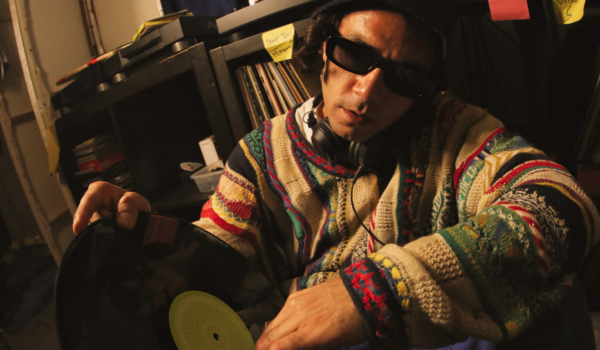
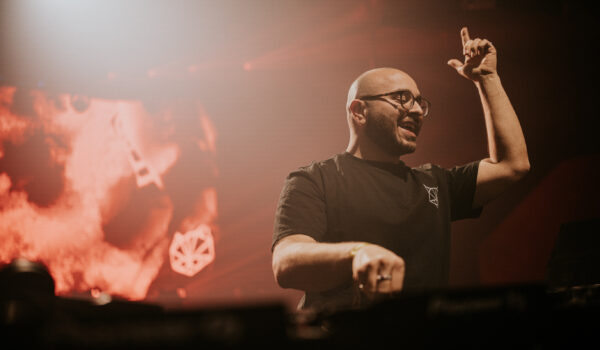


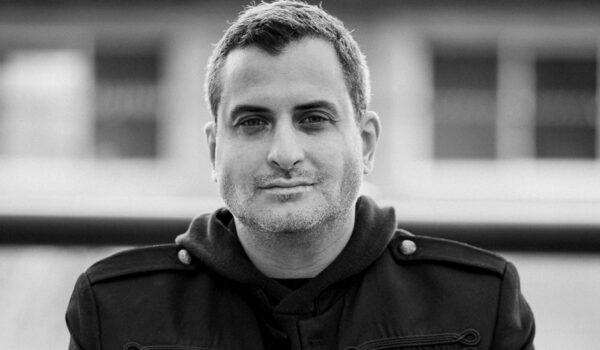


Comments